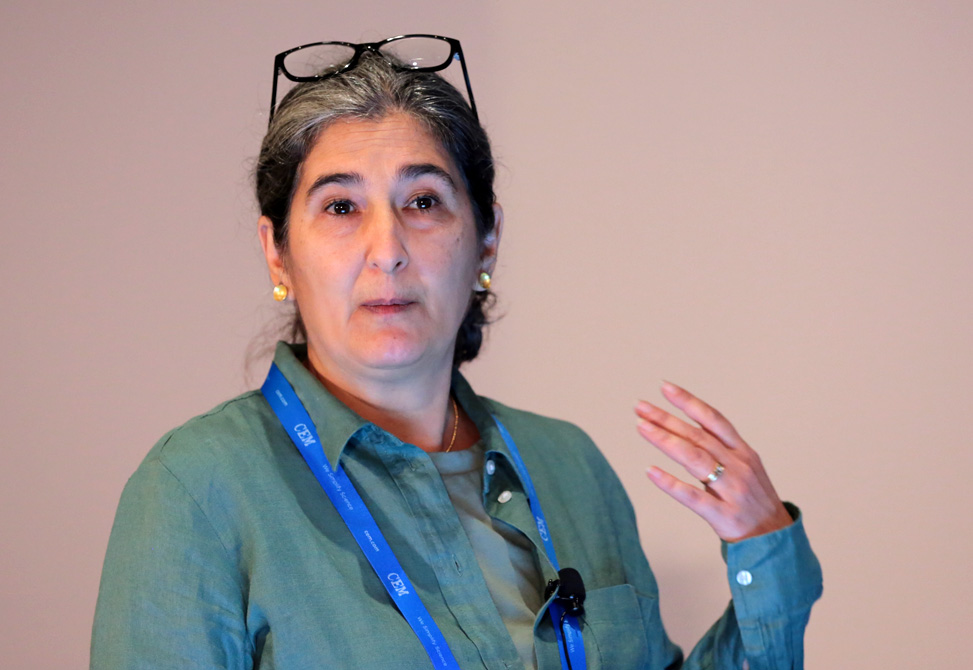Beatriz de la Torre
University of KwaZulu-Natal
Talk Session: SESSION 10: NEW HORIZONS IN PEPTIDE SCIENCE: GREEN METHODS AND DATA SCIENCE
Date: Wednesday, June 15, 2022
Talk Time: 08:55 am – 09:15 am
Talk Title: Cleaving Protected Peptides from 2-Chlorotrityl Chloride Resin. Moving away from Dichloromethane
Beatriz G. de la Torre obtained her Ph.D. from the University of Barcelona. After a dilated career in Spain, she is presently a research Professor at KRISP, College of Health Sciences, University of KwaZulu-Natal, Durban, South Africa.
Beatriz has been working extensively on glyco, nucleo-, and lipopeptides. Her scientific interests are focused more on the discovery of new antimicrobial peptides, including those for fighting tuberculosis, peptide-based vaccines, and peptide-based drug-delivery systems. Lastly, she is also deeply involved in developing GREEN Solid-Phase Peptide Synthesis Strategies.
Solid-phase peptide synthesis, SPPS, is the method of choice to prepare peptides at the lab and industrial scale due to its easy manipulation, good yields in all steps, and simple work-up. However, the use of hazardous solvents and the huge amount of generated waste is a problem from the environmental point of view. In recent years, the work of our research group and others has been focused on the substitution of hazardous solvents such as DMF, NMP, DCM, DEE, among others, with several green solvents. Although green alternatives were found for almost all steps of the SPPS process, no attention was paid to the cleavage of protected peptides from 2-chlorotrityl chloride resin. The study presented here includes a screening of solvents from which anisol and 1,3-dimethoxybenzene emerged as optimal for this cleavage step. The higher boiling point of these solvents compared with the DCM minimizes the risk of premature removal of protecting groups especially labile under acidic conditions as in the case of Trt on His. The combination of cleavage using 2% of TFA in anisol or 1,3-dimethoxybenzene and the precipitation of the protected peptide on water open the way to a new green protocol for this purpose.







